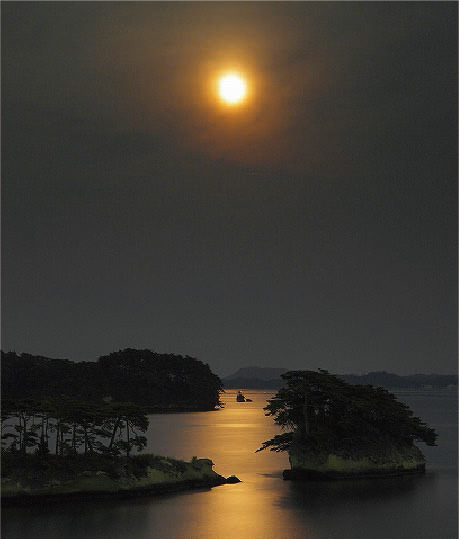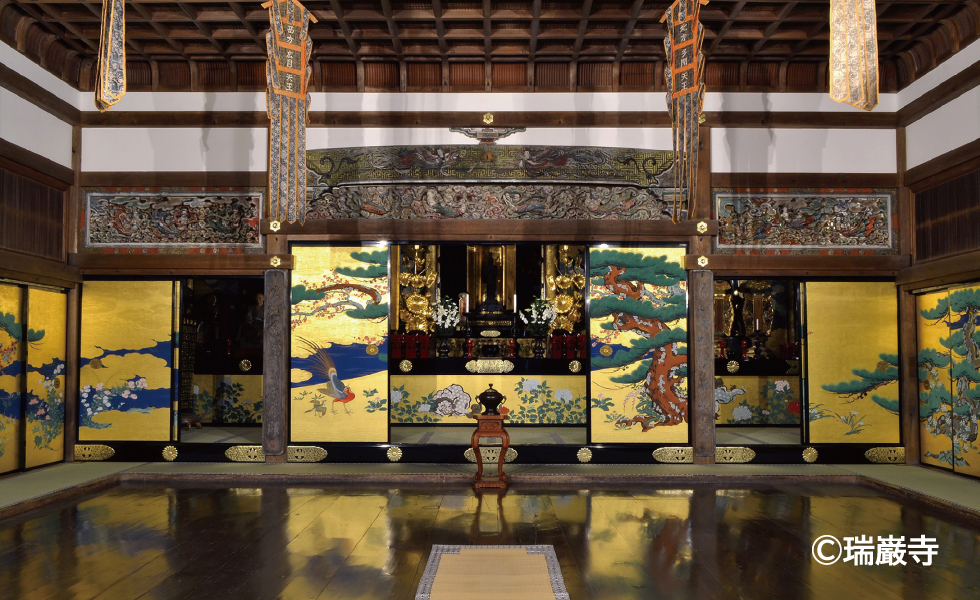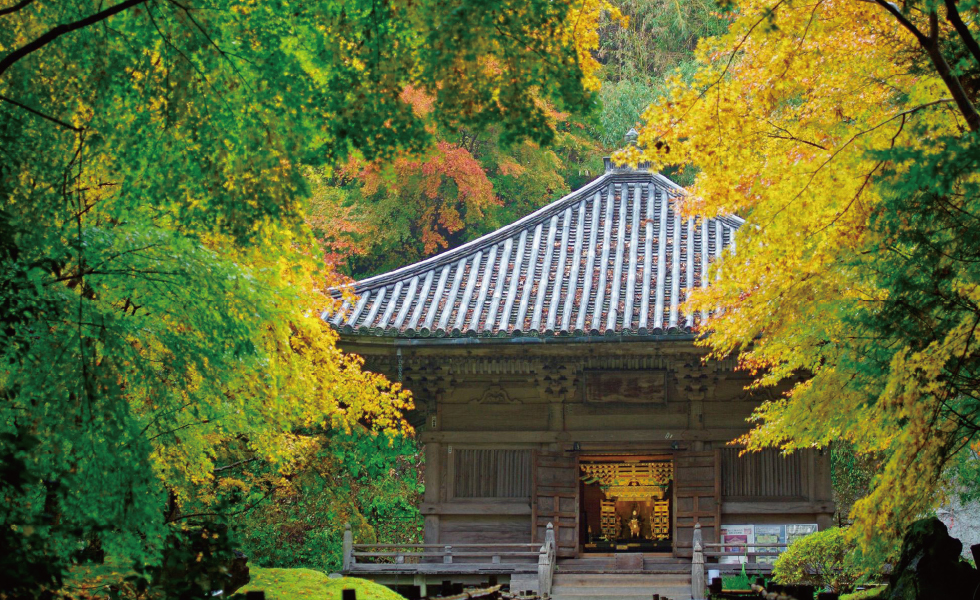
About Matsushima
Matsushima is one of the three most scenic spots in Japan, along with Amanohashidate in Kyoto and Miyajima in Hiroshima. With more than 260 islands of various sizes floating in its tranquil waters, stunning natural scenery with each turn of season, and countless cultural heritage sites like Zuiganji Temple and Godaido Hall, Matsushima Bay has been attracting visitors as both sacred and scenic site since ancient times.
Zuiganji Temple, which was rebuilt by Date Masamune, lord of the Sendai Domain, is still visited by many people and is the hub of sightseeing in Matsushima.















